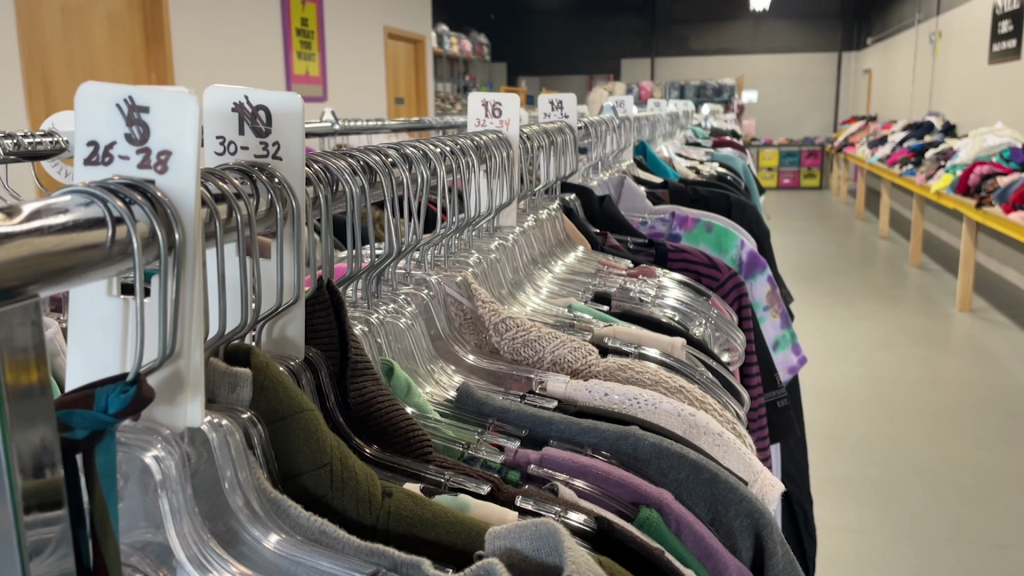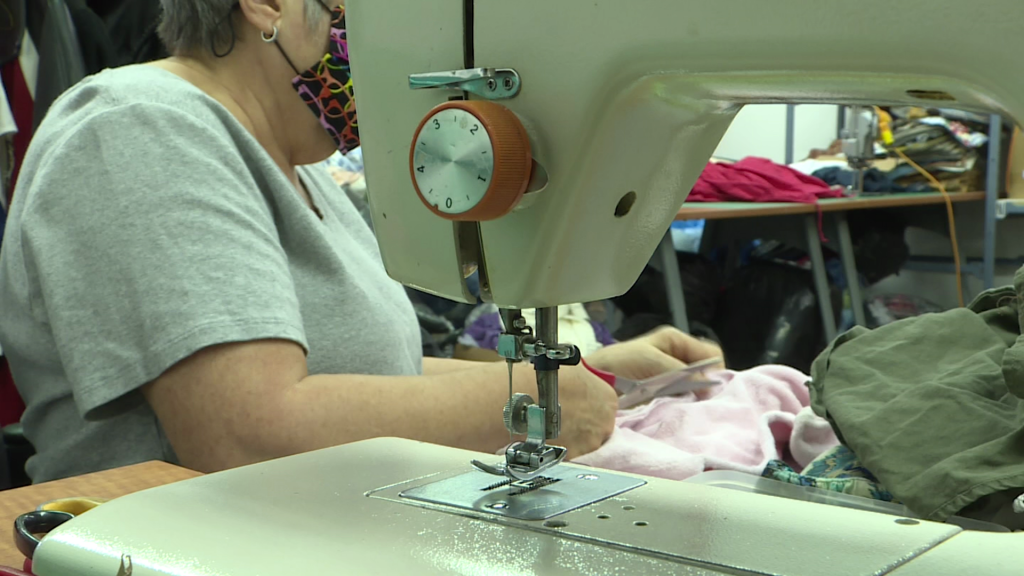Edmonton study suggests young people need to repair clothes instead of buy new
Posted October 4, 2022 5:09 pm.
Last Updated October 5, 2022 3:08 pm.
With fast fashion and trends that change every month, are we heading into an environmental disaster? Results from a University of Alberta study suggest that if you want to contribute to garment sustainability, you need to mend your clothes instead of buying new ones.
“Often there’s new trends appearing in stores even on a weekly basis,” said Rachel McQueen, the lead researcher of the study and an associate professor in the Department of Human Ecology at the University of Alberta. “And so the replacement of clothing has become so easy that people are forgetting about how important it is to try and keep the clothes that they already have.”
The lead researcher says most people only use 20-30 per cent of their wardrobe and yet they still buy more clothes.
“So go back into the back of your closet or the bottom of your drawers and see if you can find clothing that you haven’t worn for a while and think about ways of refreshing those and bringing them back out,” said McQueen.
And you might think donating your used clothes and shopping at thrift stores helps the environment – but the owner of a textile recycling centre in Edmonton says that’s not the case.
“When things are donated, they don’t always make it onto the floor of a thrift store and then they just get exported out of the country,” said Sarah Janzen, the owner of Blenderz Garment Recyclers. “When companies are saying ‘recycling,’ really they just mean to another secondhand market in another country.”
The best solution? Giving new life and new purpose to our old stuff.
“Mending our clothing, remaking our clothing or upcycling our textiles in any way we can and making them last as long as possible – because the life cycle of a garment or a textile is pretty short especially if we’re buying low-quality items that don’t last very long, to begin with,” said Janzen.



The study also found people within the 18-24 age group outsourced their clothing repairs – indicating that sewing may be a common lost skill in the younger generations. Cathy Jackson, whose daughters ask her to mend their clothes for them, agrees.
“I think I just always knew [how to sew] because it was something that was done in my home, in my grandparents’ homes and nothing was thrown away,” said Jackson, who volunteers at Blenderz.
Blenderz offers sewing classes and mending events for anyone who wants to learn and for those who want to know how to still stay on trend while recycling their old clothes, Jackson says it can be done with a little needlework.
“Subtract from clothing, take things in, shorten them, take collars off completely changes a style,” said Janzen.
So the next time you’re looking for a new look, consider picking up needle and thread and reusing your clothing instead of throwing it away and buying brand new.








